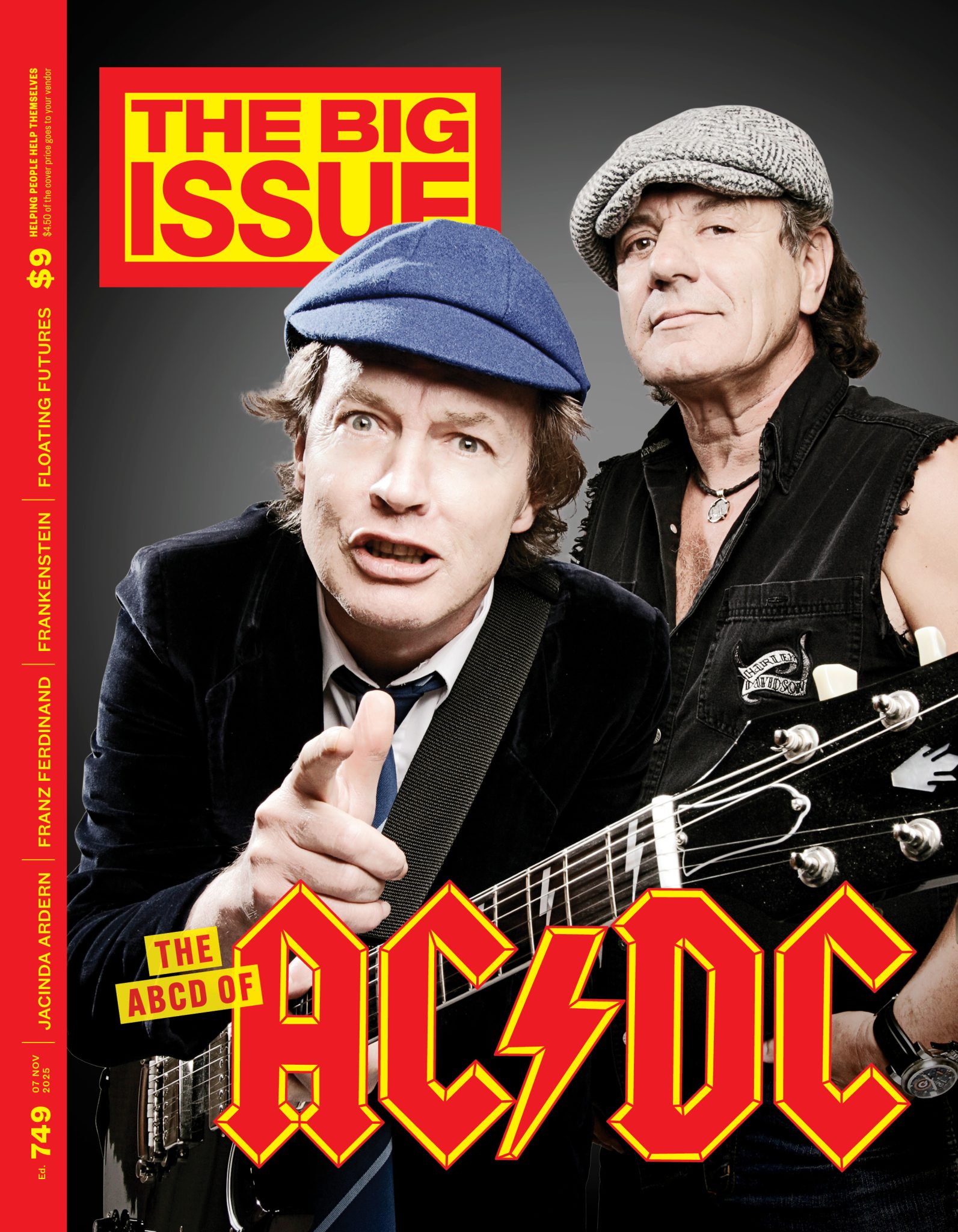Back in 1988, student protests rocked a Deaf university in Washington DC. A new documentary by Nyle DiMarco and Davis Guggenheim captures the movement through fierce archival footage and groundbreaking “visual noise”.
What would it take for the world to start listening to Deaf people? In 1988, this question sparked a civil rights movement when Gallaudet University, a Deaf school in Washington DC, was taken over by its students. The college gates were padlocked and barricaded by buses. All classes were cancelled. Students marched through the city streets and staged sit-ins as police cars circled the campus and helicopters flew overhead.
The students were protesting the appointment of Gallaudet’s newly elected school president. There had been four qualified candidates in the running for the role: three were Deaf and one was hearing. The university’s board of trustees selected Elizabeth Zinser, a hearing person who didn’t know how to sign.
The board justified Zinser’s appointment by saying: “Deaf people are not ready to function in a hearing world.” American media organisations sent news crews to cover the unfolding “firestorm” – though since then, the protest has been underserved by the history books.
The story of that eight-day protest has been captured in the new documentary Deaf President Now! co-directed by Academy Award winning filmmaker Davis Guggenheim and model, actor and Deaf activist Nyle DiMarco. “I am a very Deaf person,” says DiMarco via an American Sign Language (ASL) interpreter. “I grew up in this community; I grew up in a Deaf family.”
As a fourth-generation Deaf person, DiMarco’s parents told him about the “Deaf President Now!” movement as a child. The events were not just a student protest but a “revolution” for the entire Deaf community. It was a turning point in how Deaf people viewed themselves, their culture and their human rights. DiMarco says he is “shouldering a very huge responsibility in telling this story”.
Initially, DiMarco and Guggenheim thought their film would be scripted, as they weren’t sure if there was enough archival footage. “Growing up I had seen the same clips replayed again and again, often recycled with the same quotes,” says DiMarco.
It turns out that the university had been sitting on over 40 hours of undigitised footage. “As we were going through [it], we were stunned,” says DiMarco. “Not just at the volume, but also what we were able to tell with what we were given.”
The footage is vibrant and urgent, capturing the moment students discover the identity of the school’s new president. “We wanted to scream out. But how do you scream out in our language?” signs one of the students to the camera.
DiMarco and Guggenheim unveil how the students’ initial response – chaotic, verging on violent – shifts into a powerful collective force. The scenes of students in their hundreds, signing in unison, are utterly compelling. As the protest movement builds, the students’ growing sense of pride in Deaf culture and ASL is palpable. They refuse to back down until a Deaf person is instated as president, arguing that “hearing people always push us down”.
Despite his acclaimed, decades-long career as a director and producer – with a filmography spanning An Inconvenient Truth, He Named Me Malala and Still: A Michael J Fox Movie – Guggenheim says that he “acted more as a midwife” throughout the making of Deaf President Now!.
“The thing that I heard over and over again was [that] too many people telling the Deaf story are hearing. I didn’t want to fall into that trap,” explains Guggenheim. “The only way I would want to do it would be if we did it fully together.”
Working closely with DiMarco helped the director gain the trust and respect of Gallaudet University and its current student body: “Nyle is like Harry Styles coming to Gallaudet – students line up to get his autograph because he is so famous here.”
The filmmakers agreed they “had to figure out how to make this a fully Deaf movie”. This process started behind the scenes with the creation of an accessible working environment. The crew consisted of people who communicated using either English or ASL. Interpreters, captions and writing were used to bridge any gaps in language.
“We had more than 40 people who are Deaf or hard of hearing on our set. And that was top to bottom,” says Guggenheim.
“We would teach five signs at the beginning of every meeting,” DiMarco adds. “It became a really fun way to engage with the crew.”
“I’m truly embarrassed as I don’t remember any of the signs that I have been taught,” admits Guggenheim. “I’ve been taught some of the same signs 10, 20, 30 times and I can’t remember any of them.”
Guggenheim says the language barrier humbled him, acting as “a reminder that I’m an alien here”. These barriers also pushed the directors to develop new cinematic techniques that would “thrust a hearing audience into a Deaf world”, such as “visual noise”. From dust bouncing off a subwoofer to the vibrations of door knocks, sounds in the film appear to ripple, flicker and rattle.
“We had to get really creative and sort of break some rules,” says DiMarco. “I really hope we have laid the groundwork for other filmmakers.”
By Fiona Murphy @fi-murphy_
Fiona Murphy is an award-winning writer and author of The Shape of Sound.
DEAF PRESIDENT NOW! PREMIERES 16 MAY ON APPLE TV+.
Published in ed#736
